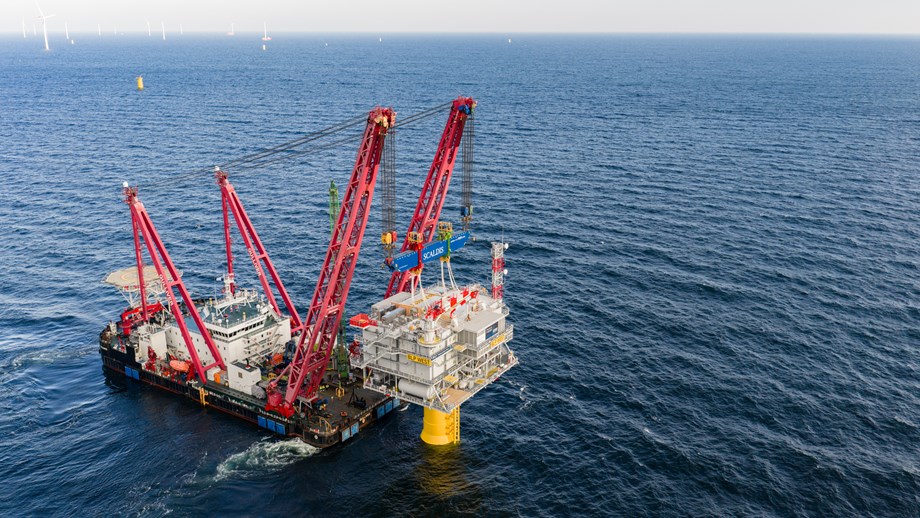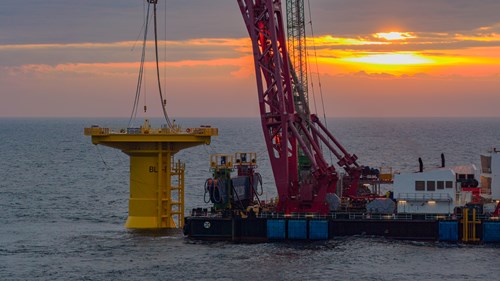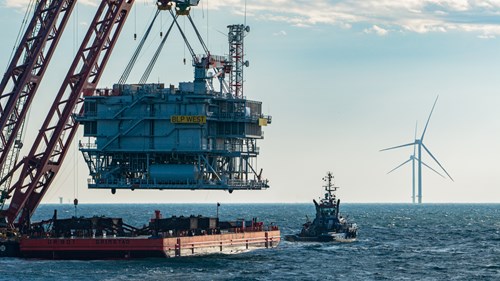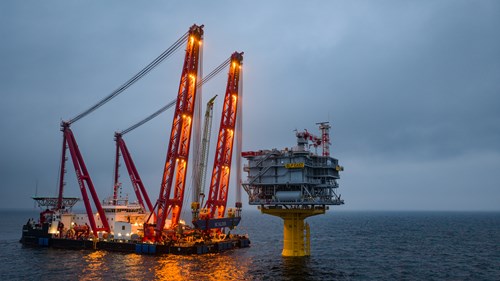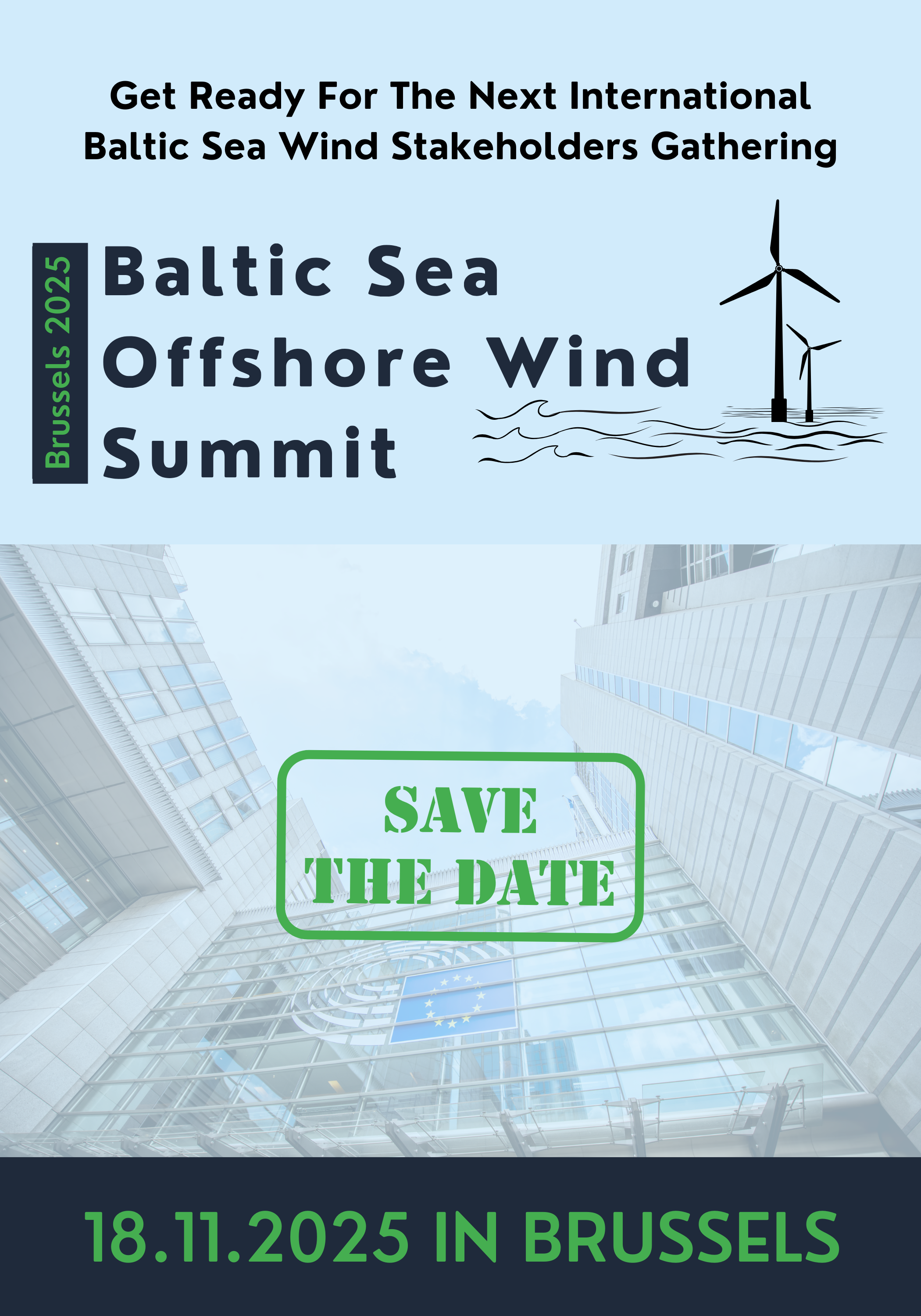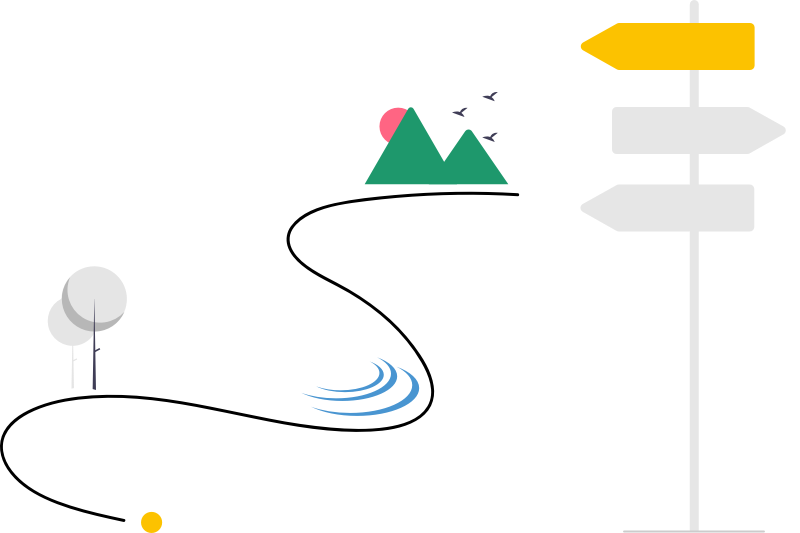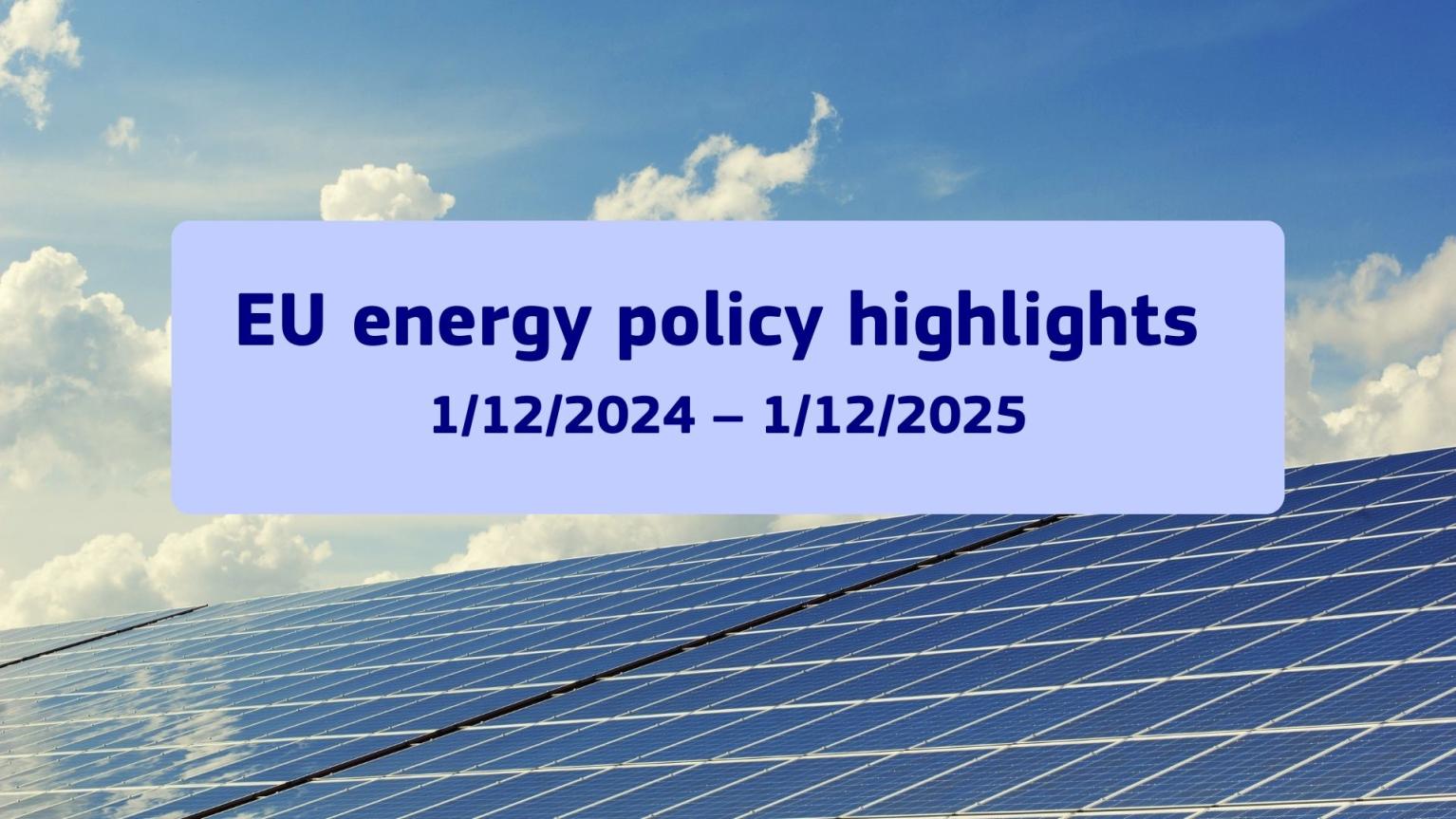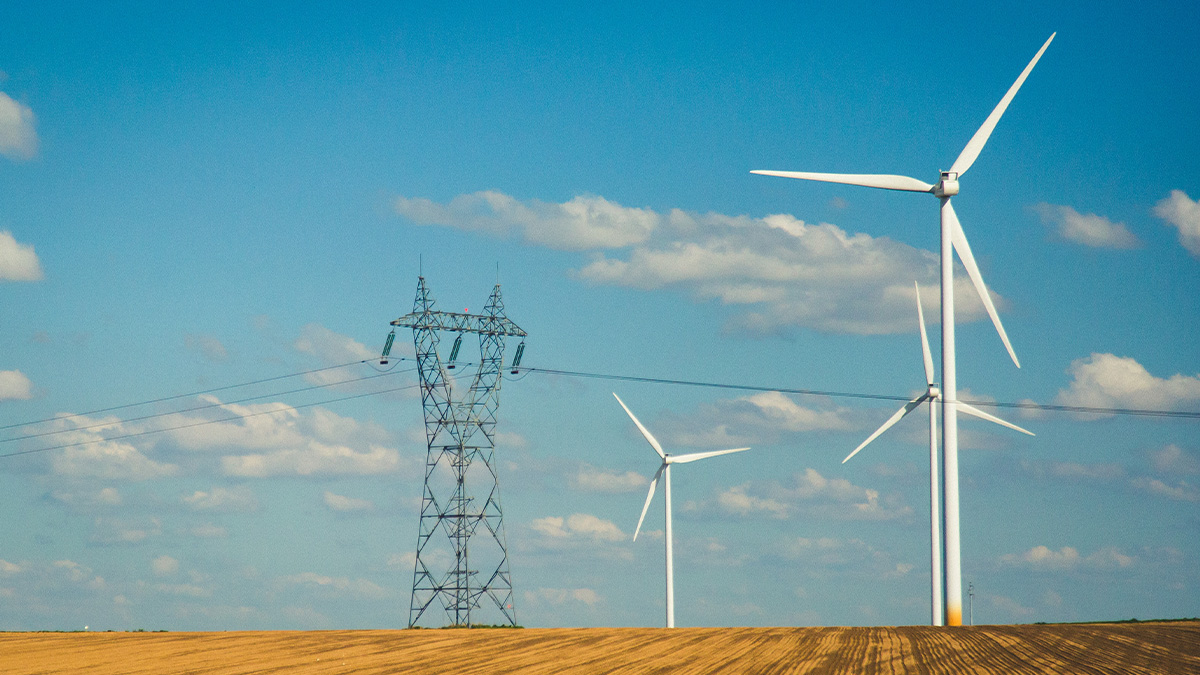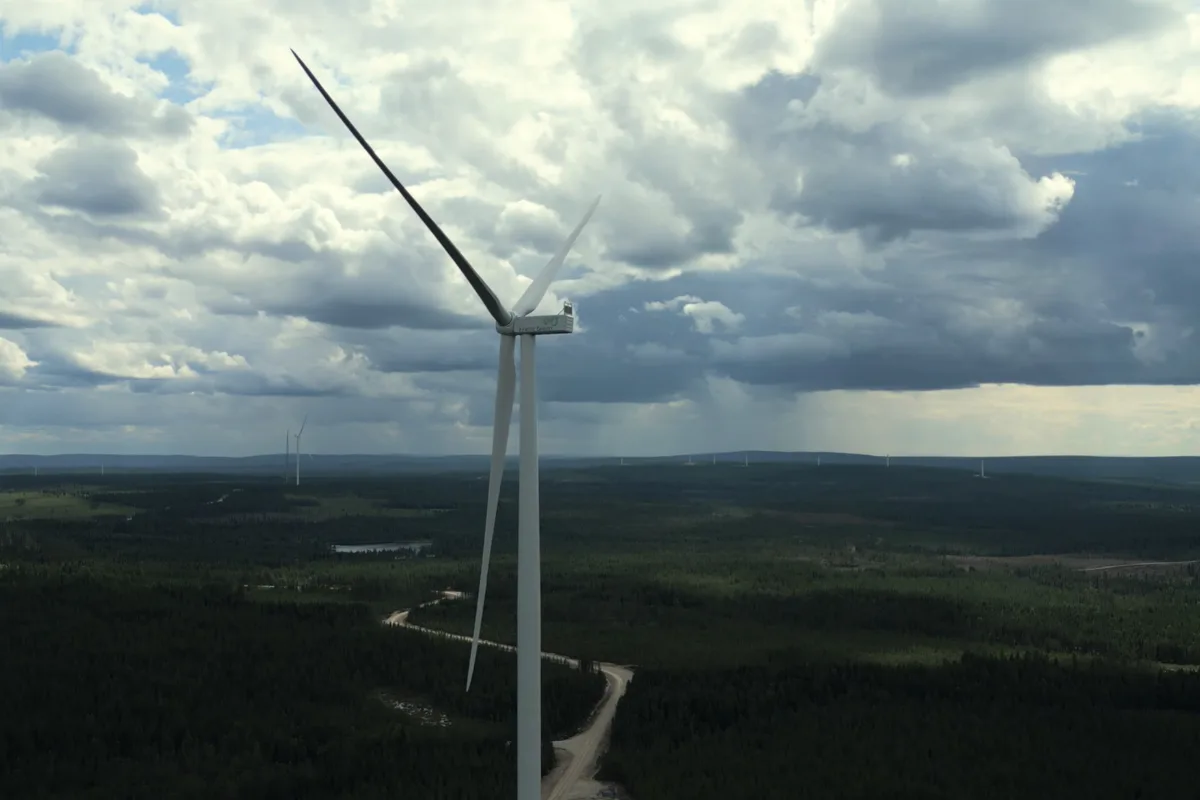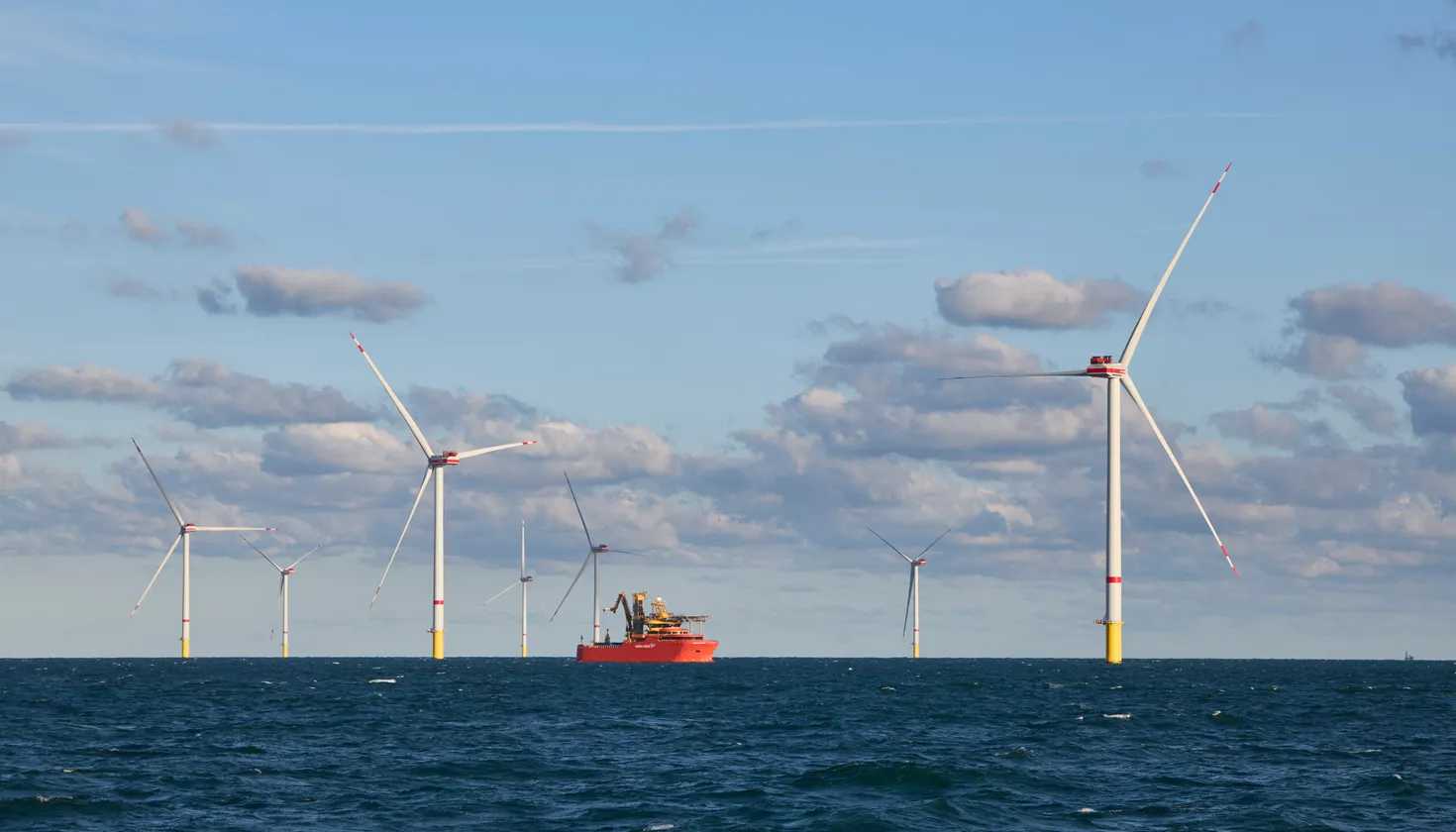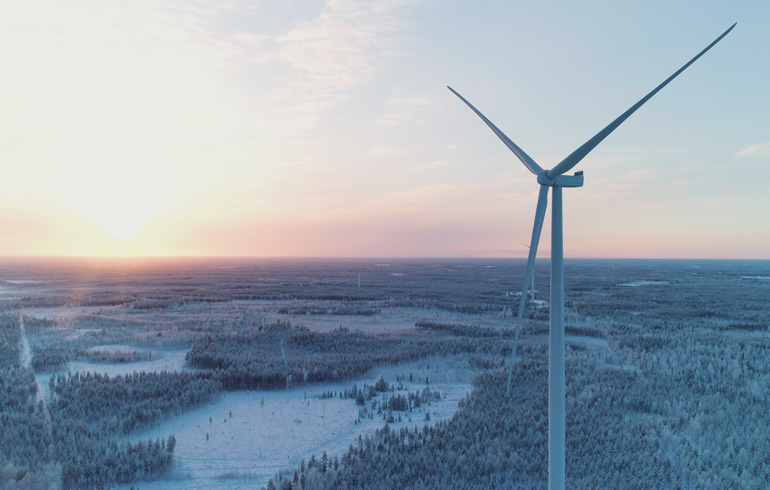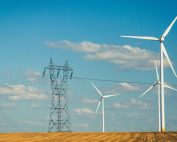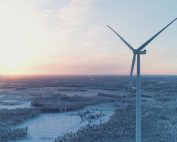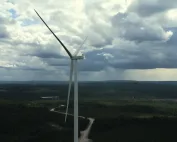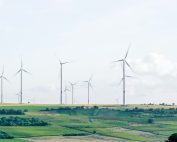Baltic Power offshore wind farm – a joint venture project of ORLEN Group and Northland Power – completed installation of both offshore substations. These four-story structures gather energy generated by 76 wind turbines to transfer it to the onshore infrastructure. The topsides of the substations were manufactured at local shipyards in Gdańsk and Gdynia.
Baltic Power project reached another milestone with successful installation of the first offshore substations on the Polish waters of the Baltic Sea. Industry insiders often call it “the beating heart of the wind farm” as each station collects energy from the entire farm. Our pride grows stronger as this “heart” has been partially manufactured at Polish shipyards providing valuable profits and expertise to the developing offshore wind sector – comments Grzegorz Szabliński, President of the Management Board of Baltic Power.
Two offshore substations – OSS West and OSS East – are located approximately 20 km from the shore at the level of Choczewo. They gather energy manufactured by 15 MW turbines connected by inter-array cable. Then, the voltage rises to 230 kV and is transferred to onshore substation in Choczewo via 4 offshore export cables and onshore cables. Each offshore substation is equipped with two power transformers, gas insulated switchboards on operational level 230 and 66 kV, diesel generator, set of different kind of cranes, auxiliary switchboards, control and supervision systems and a number of auxiliary devices enabling safe operation of our unmanned type of offshore stations.
The main contractor for the offshore substations was a consortium of CS Wind Offshore and Semco Maritime, along with several Polish companies. The complete steel structures of the substations, so called “houses”, were built in Poland – in shipyards located in Gdynia and Gdańsk – with Grupa Przemysłowa Baltic responsible for their construction. Each structure, weighing 1,300 tons, was then transported to Denmark, where, after being fully equipped, they reached a weight of 2,500 tons each. Both substations were also equipped with specialized cranes manufactured by the Polish company Protea.
The offshore substations are one of many examples of the early involvement of Polish suppliers in the project and its commitment to building local content. Other elements also manufactured in Poland include a number of nacelles for the wind turbines, foundation components, and onshore cables. According to estimates, the local content ratio in the Baltic Power project is expected to reach at least 21 percent throughout the entire life cycle of the farm — from the development phase to the end of its approximately 30-year lifespan.
During this installation campaign, the offshore substations were installed together with the transition pieces connecting them to the foundations (in the case of turbines, these are installed in a separate campaign by a different set of vessels). The transition pieces for the substations are also significantly larger. Key part of the installation was the precise lifting and placement of the transition pieces and steel structures onto the foundations (monopiles). This complex operation, carried out by a specialized floating crane, was supported by tugboats, barges, and crew transfer vessels (CTV and SOV).
The Baltic Power project enters a crucial stage of the construction phase. As the number of installed turbines increases, we install all supporting infrastructure. After the installation of offshore substations, the challenging campaign for offshore cables is set to start soon. Right now, over 20 vessels are involved in the offshore campaign, as we perform simultaneous installation, maintenance and pre-commissioning work. All of these are coordinated from our base in Łeba, which has been operational since April 2025. Furthermore, our onshore substation in Choczewo is reaching the final stage of construction. To sum up – the work is extremely intense, and we put all hands-on deck – says Jens Poulsen, Project Director and Management Board Member of Baltic Power.
The end of the offshore construction campaign is expected in 2026. Then the complex process of tests, certification and permitting is set to begin. Baltic Power will be the first operational offshore wind farm on the Polish waters of the Baltic Sea and provide ~1,2 GW capacity to the national energy system. 76 turbines of 15 MW capacity each will be able to provide even 4 TWh of sustainable energy, which stands for 3% of the current national demand The offshore wind farm is located 23 km from the shore at level of Łeba and Choczewo, its size exceeds 130 sqm, similar to the size of Gdynia city.
